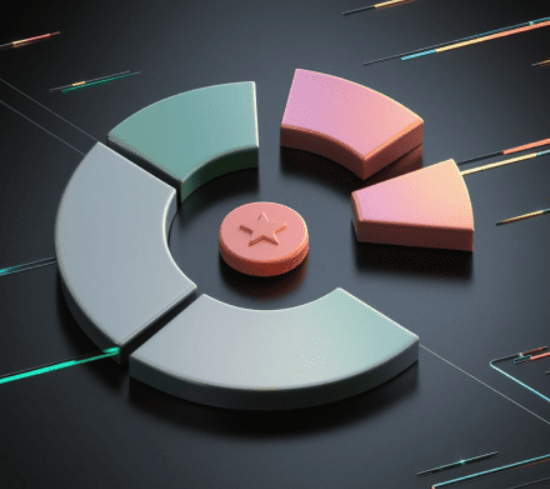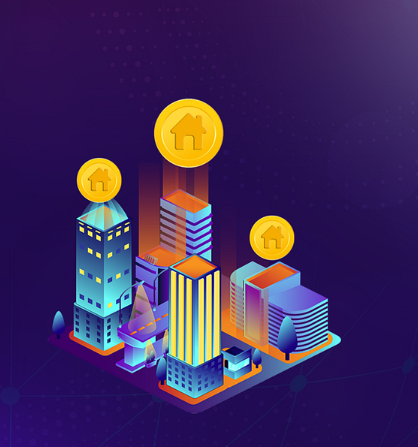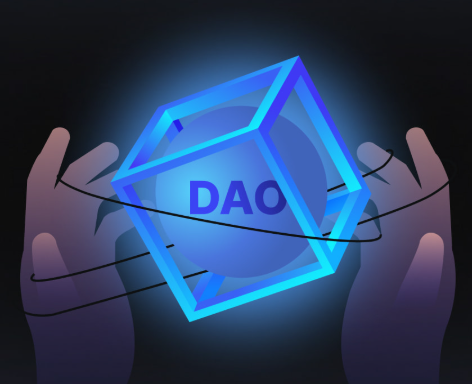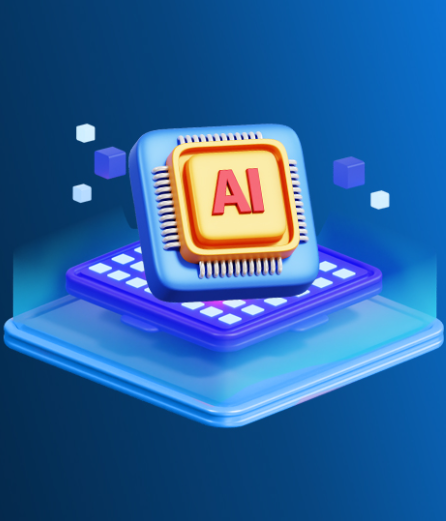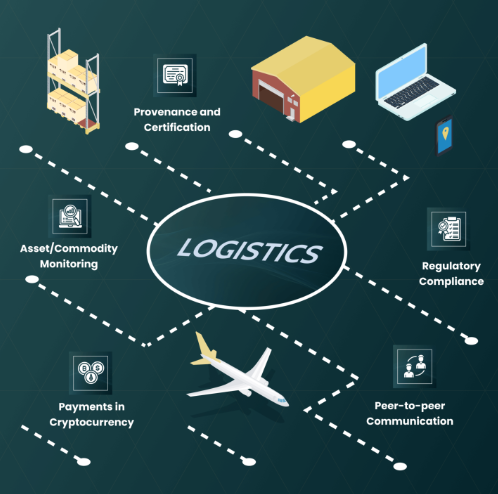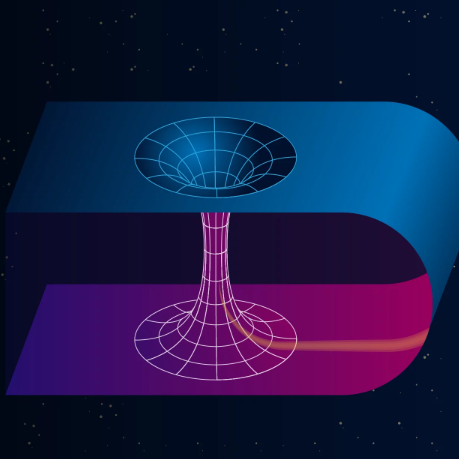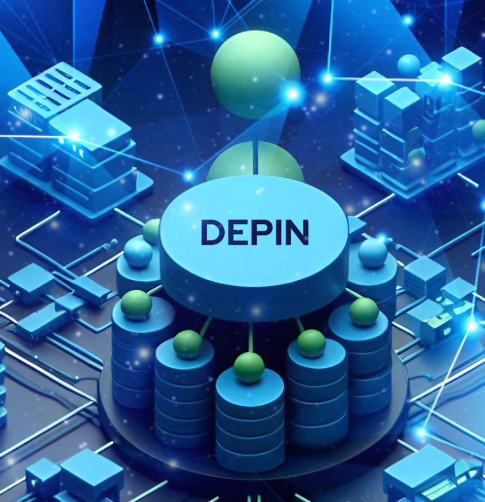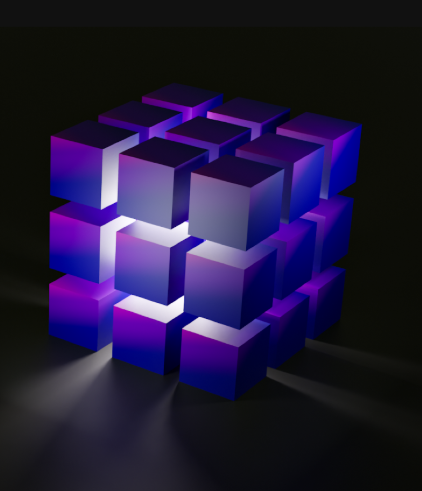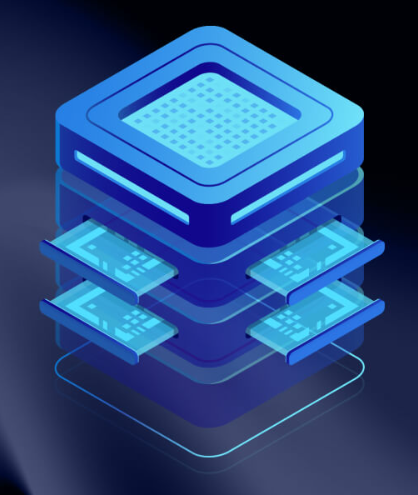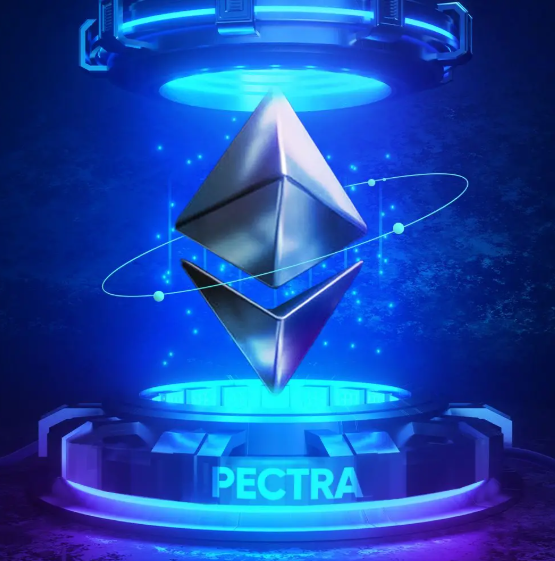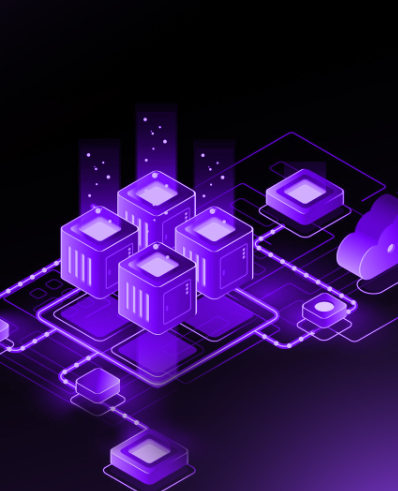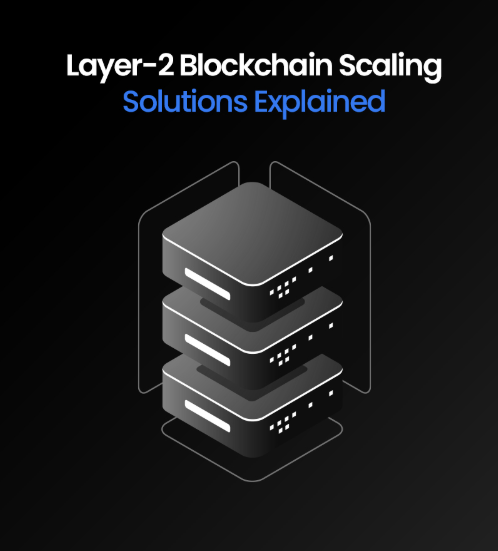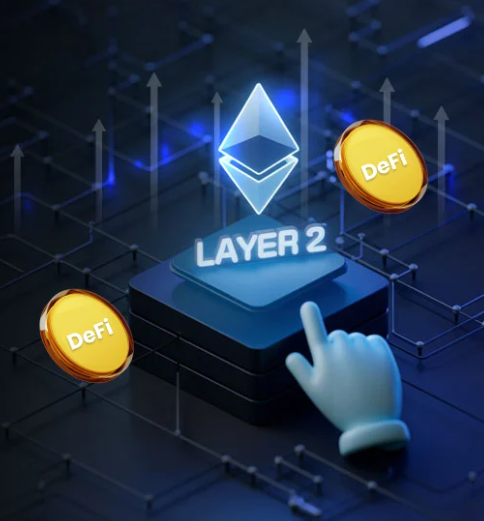
Bitcoin, the first and most well-known cryptocurrency, introduced the world to blockchain technology, forever changing how we think about money and finance. However, as Bitcoin’s popularity surged, its inherent limitations—especially in terms of transaction speed and costs—became more evident. Bitcoin Layer-2 solutions have emerged as a powerful response to these challenges, making transactions faster, more affordable, and more scalable. In this blog post, we’ll explore the importance of Layer-2 solutions for Bitcoin, how they work, and the innovative projects that are shaping the future of Bitcoin in 2025.
Why Bitcoin Needs Layer-2 Solutions
Layer-2 solutions are secondary protocols built on top of the main blockchain (Layer-1), designed to enhance its capabilities:
- Scalability: Bitcoin’s base layer can process around seven transactions per second, a far cry from what’s needed for mainstream adoption. Layer-2 solutions can significantly increase this throughput, allowing Bitcoin to handle thousands of transactions per second, making it suitable for everyday use.
- Cost Efficiency: When Bitcoin’s network becomes congested, transaction fees can rise dramatically. Layer-2 technologies, by processing transactions off the primary blockchain, reduce costs considerably, making Bitcoin more affordable to use.
- Expanding Functionality: Bitcoin was initially designed as a store of value, not for complex smart contracts or decentralized applications (dApps). Layer-2 solutions like Stacks are bringing these advanced capabilities to Bitcoin, enhancing its functionality and attracting developers to the network.
How Bitcoin Layer-2 Solutions Work
Bitcoin Layer-2 solutions generally operate by offloading transaction processing from the main blockchain:
- State Channels: The Lightning Network is a prime example, where users can transact off-chain through payment channels. Only the final result is recorded on the Bitcoin blockchain, allowing for millions of transactions per second with near-instant and low-cost settlements.
- Sidechains: Sidechains, like the Liquid Network, operate alongside Bitcoin, allowing assets to be pegged to Bitcoin while transactions happen on the sidechain. These networks offer faster confirmations and additional features, such as confidential transactions, without congesting the Bitcoin blockchain.
- Rollups: Rollups bundle multiple transactions into a single one, which is then posted to the main chain. Merlin Chain, for example, uses Zero-Knowledge (ZK) Rollups to enhance scalability while maintaining high levels of security.
Challenges with Bitcoin Layer-2 Solutions
Despite their potential, Bitcoin Layer-2 solutions face some hurdles:
- Technical Complexity: Many users find Layer-2 solutions difficult to understand and use, creating a barrier to widespread adoption.
- Liquidity Issues: Funds locked in state channels or sidechains can limit flexibility and reduce liquidity, making these solutions less user-friendly.
- Centralization Risk: Some Layer-2 solutions may inadvertently lead to centralization, which runs counter to Bitcoin’s core values of decentralization.
- Interoperability: Different Layer-2 networks often struggle to work together seamlessly, leading to a fragmented ecosystem that complicates integration and user experience.
Top Bitcoin Layer-2 Projects Shaping the Future
Here’s a look at some of the leading Layer-2 projects in the Bitcoin ecosystem and their contributions to Bitcoin’s evolution:
- Lightning Network: As one of the most well-known Bitcoin Layer-2 solutions, the Lightning Network uses state channels to facilitate off-chain transactions. It allows for near-instant, low-fee transactions, improving Bitcoin’s usability for daily payments. Key Features:
- Off-chain transactions
- Low transaction fees
- Instant payment settlements
- Enhanced privacy via onion routing
- Stacks (STX): Stacks brings smart contract functionality to Bitcoin with its unique programming language, Clarity. It enables decentralized applications (dApps) and aims to integrate Bitcoin into the decentralized finance (DeFi) ecosystem. Key Features:
- Smart contract support for Bitcoin
- Clarity programming language
- Bitcoin’s security integration
- Enables DeFi applications
- Merlin Chain: By utilizing Zero-Knowledge Proofs, Merlin Chain enhances privacy and scalability, making it a valuable player in Bitcoin’s expansion into DeFi and NFTs. It supports high transaction throughput while ensuring privacy-focused transactions. Key Features:
- Zero-Knowledge Proofs for privacy and scalability
- Support for DeFi and NFTs on Bitcoin
- High transaction throughput
- Focus on privacy
- MAP Protocol: MAP Protocol facilitates cross-chain interoperability, enabling Bitcoin to interact directly with other blockchains. It allows for seamless peer-to-peer transactions across various blockchain networks, improving Bitcoin’s integration with other ecosystems. Key Features:
- Cross-chain interoperability
- Peer-to-peer blockchain interactions
- Strengthens Bitcoin’s network security
- Supports a broad blockchain ecosystem
- Rootstock (RSK/RIF): Rootstock introduces Ethereum-compatible smart contracts to Bitcoin through merge-mining. It provides a platform for developers to create smart contracts while maintaining Bitcoin’s security. Key Features:
- Ethereum-compatible smart contracts on Bitcoin
- Merge-mining for security
- Supports dApp development on Bitcoin
- Increases Bitcoin’s programmability
The Future of Bitcoin Layer-2 Solutions
The future for Bitcoin’s Layer-2 solutions looks promising, with several exciting developments on the horizon. As these technologies mature, they will become more user-friendly, driving wider adoption. We can expect these solutions to integrate more seamlessly with traditional finance (TradFi), opening the door for new financial products that bridge decentralized and centralized systems.
Furthermore, improving the user experience will likely be a primary focus, as developers work on making these solutions more intuitive and accessible to a broader audience. As awareness of Layer-2 solutions grows, Bitcoin’s scalability and functionality will continue to improve, making it an even more viable option for everyday transactions and advanced applications.









